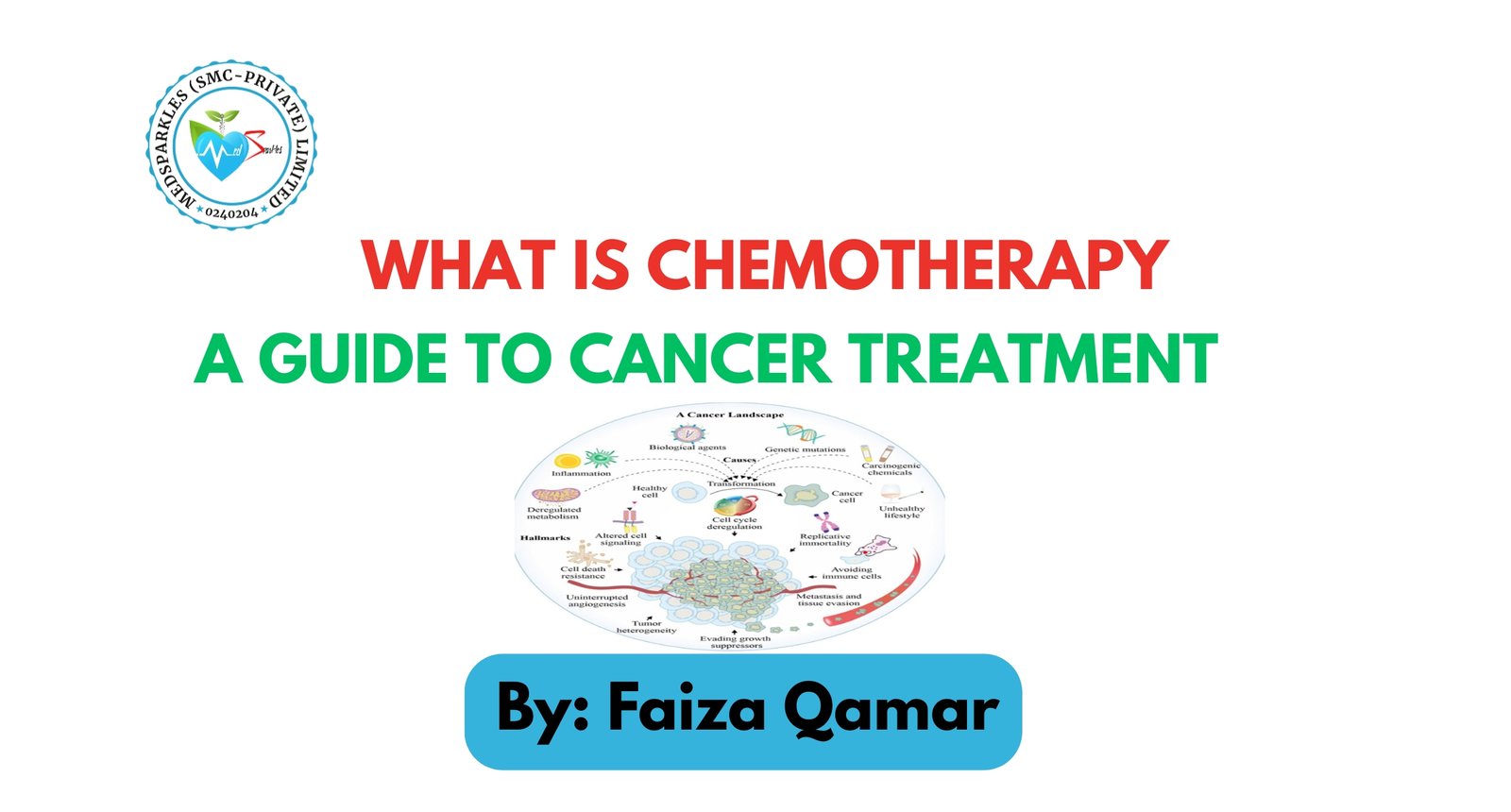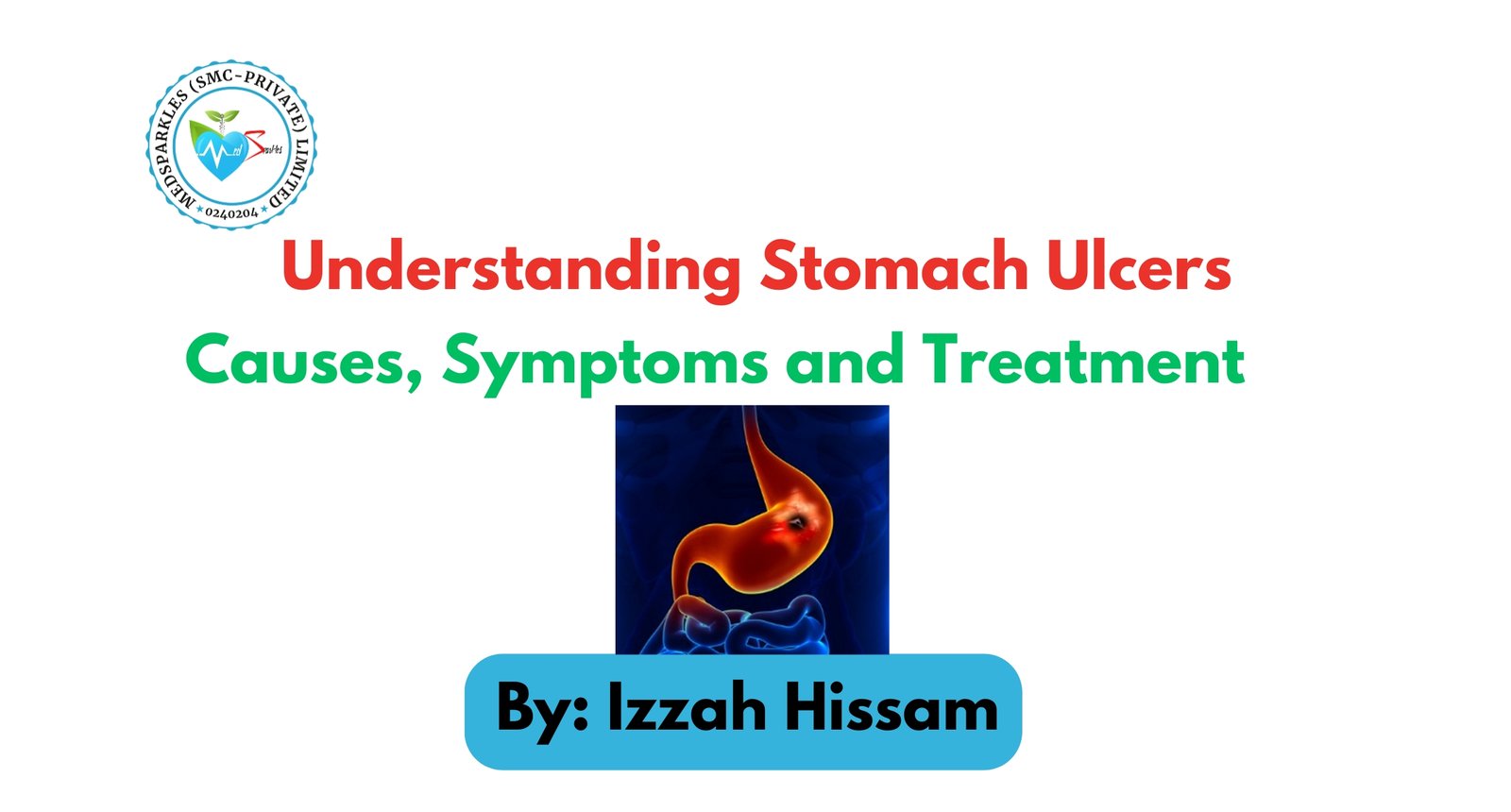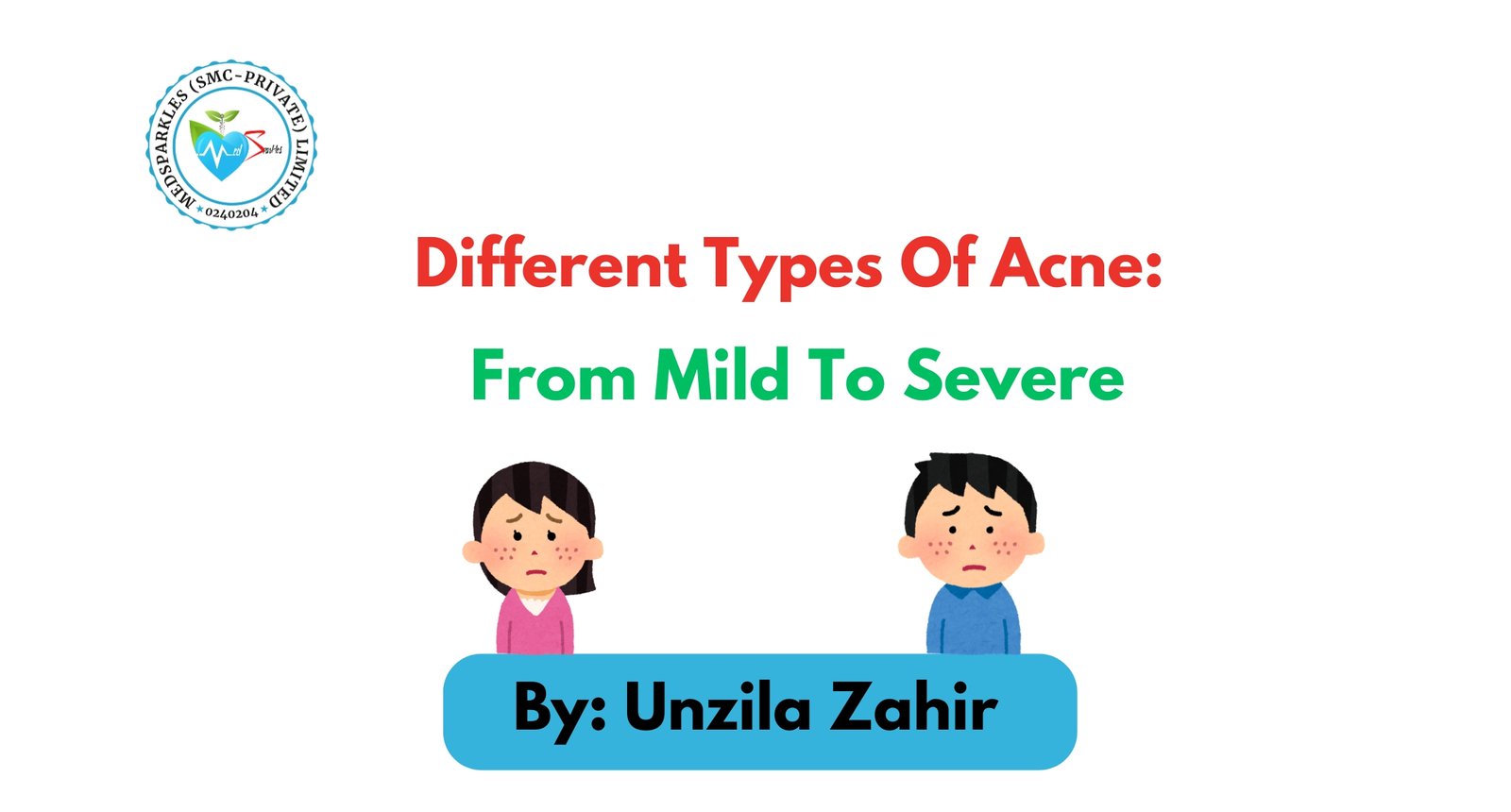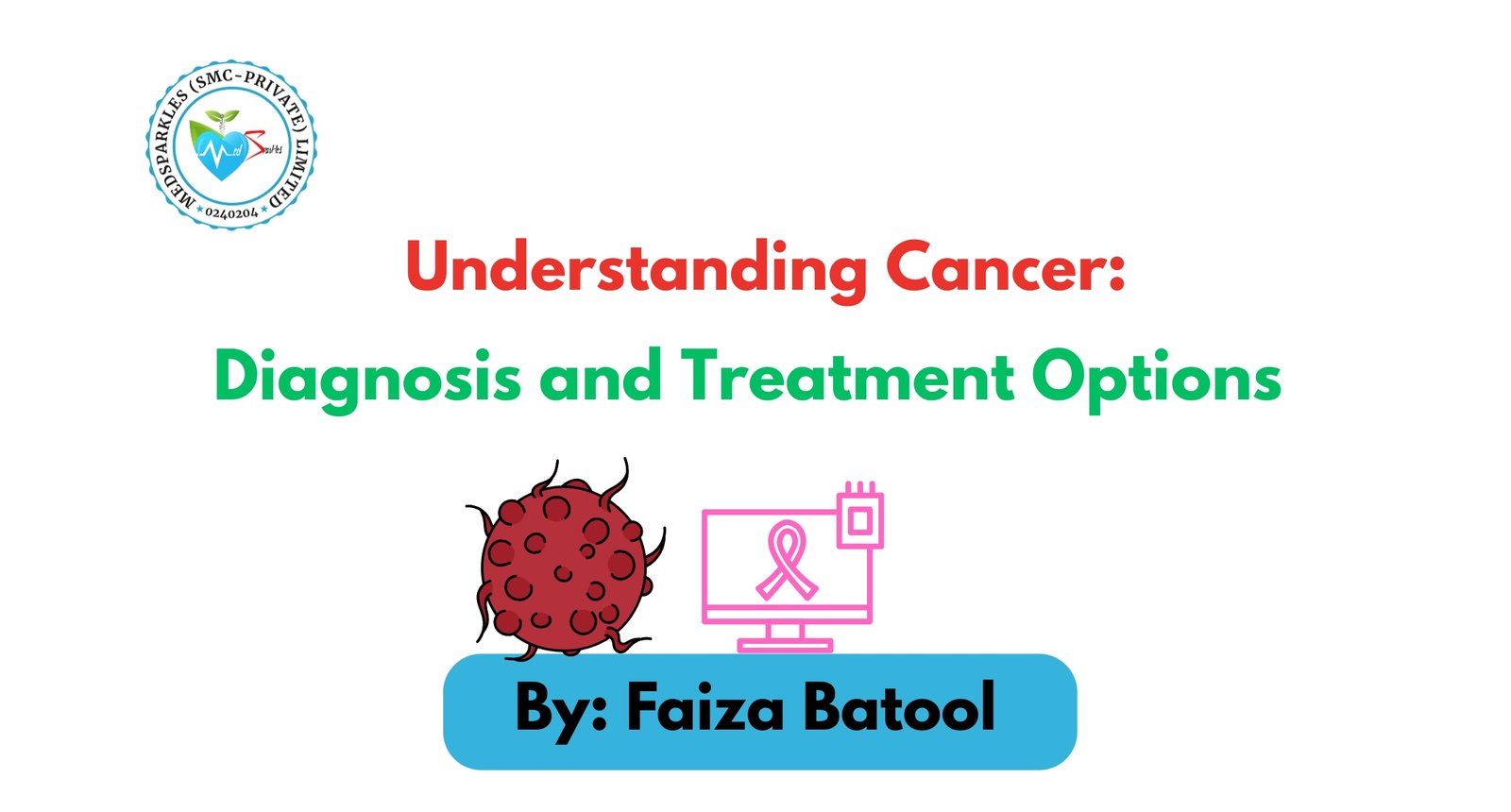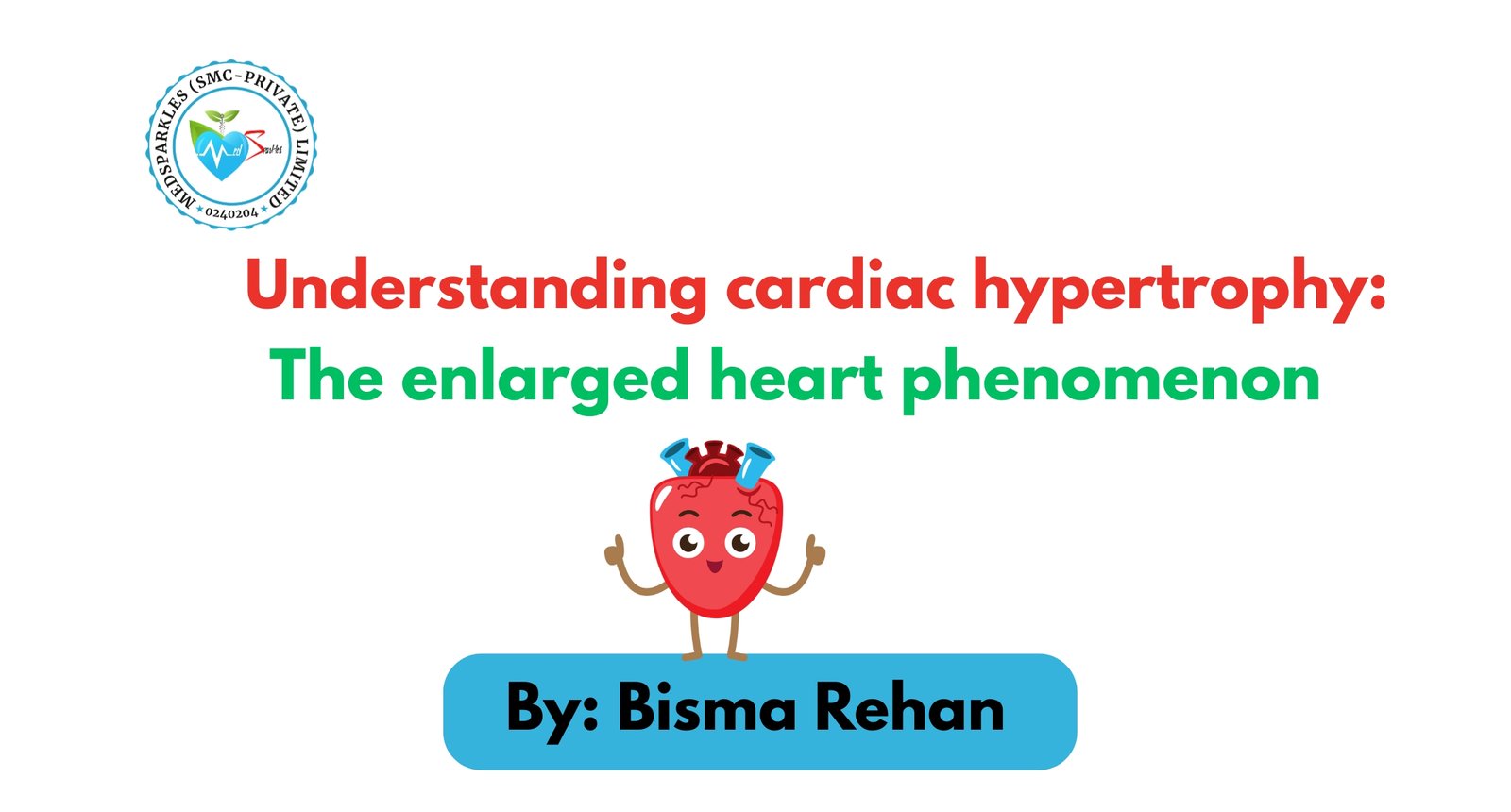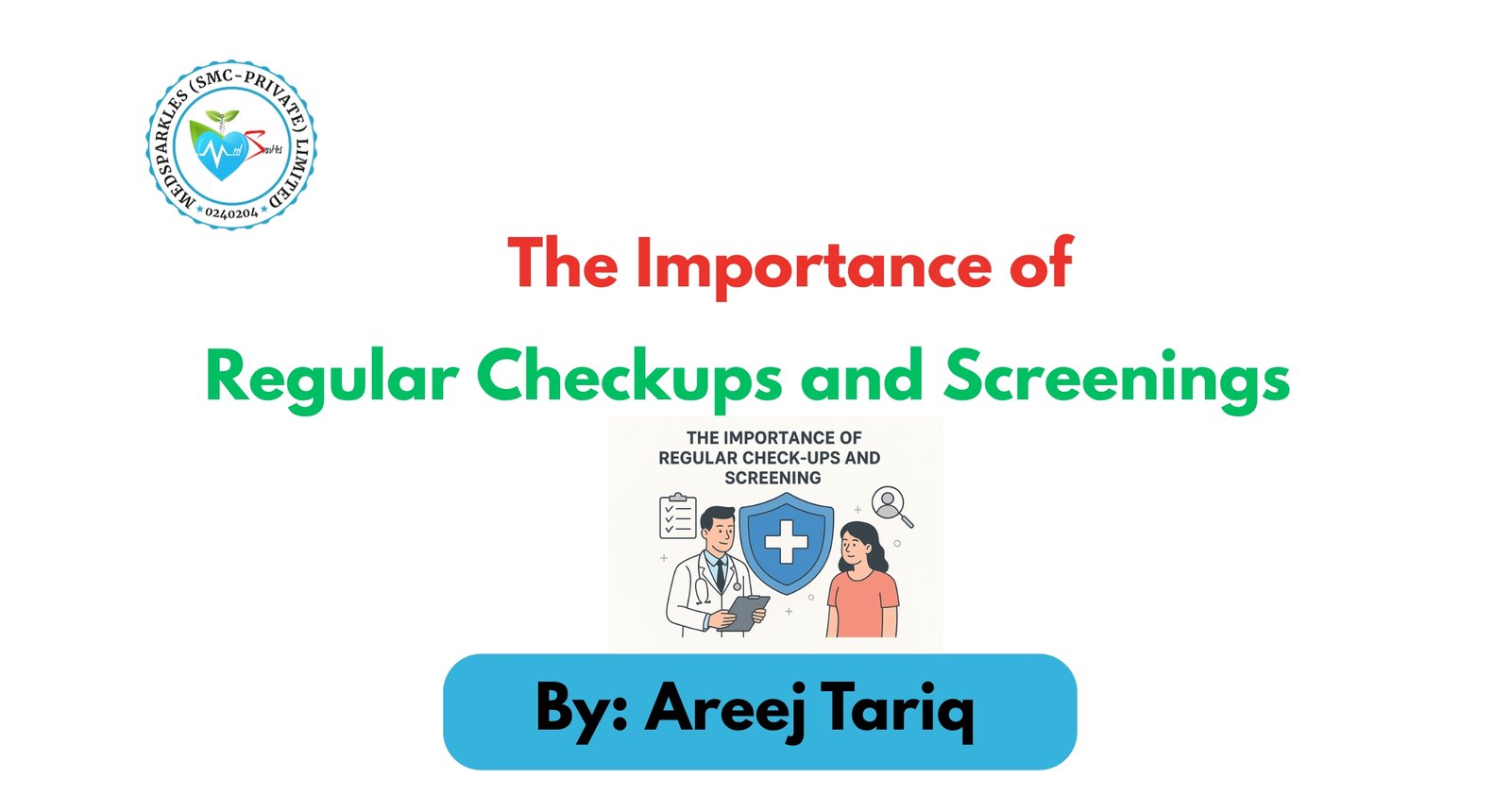INTRODUCTION
“The word “cancer” refers to a broad category of illnesses that can impact any region of the body.Malignant tumors and neoplasms are other words that are used.The quick development of aberrant cells that proliferate beyond their normal bounds and have the potential to infect other body parts and move to other organs, a process known as metastasis; is one characteristic that distinguishes cancer.
The primary cause of cancer-related deaths is extensive metastases.Roughly 10 million deaths, or roughly one in six deaths, were caused by cancer in 2020, making it a major cause of death globally.Prostate, colon, lung, and breast cancers are the most prevalent types of cancer.
Cancer treatment comes in a variety of form;For example, radiation therapy, bone marrow transplantation, immunotherapy, hormone therapy, targeted therapy, blood stem cell transplantation, chemotherapy, and surgery.But one of them is chemotherapy.
CHEMOTHERAPY
Chemotherapy (or “chemo”) is the use of anti-cancer drugs to destroy cancer cells.Chemotherapy is a treatment that kills cancer cells with medications. Chemotherapy comes in numerous forms.Different forms of cancer may respond differently to different types of chemotherapy since they don’t all function exactly the same way.The chemotherapy is given in a four ways:
- Orally in tablet or capsule form
- In the form of intravenous infusion.
- By intramuscular injection
- By injection under the skin .
There are four different ways to administer chemotherapy: neoadjuvant, adjuvant, combination, and metastatic.Before the main course of treatment, neoadjuvant therapy is administered.Adjuvant therapy is a treatment that is administered in addition to the original therapy and has the ability to restrict or eradicate the growth of cancer cells that are not visible.Today, the accepted treatment for ovarian, colorectal, lung, and breast cancers is adjuvant therapy. In cancers such as head and neck, lung, and anal, combined modalities including chemotherapy and radiation are utilized to reduce the tumor before surgery or for curative purposes.
Why is Chemotherapy Used
Chemotherapy may be used by the physician for a number of reasons:
1. Curative therapy: To eradicate cancer entirely.
2. Control treatment: To reduce or halt the spread of cancer.
3. Palliative care: To alleviate pain or other cancer-related symptoms.
4. Combination therapy: To enhance outcomes, this approach is occasionally combined with radiation, surgery, or targeted therapy.
How do Chemotherapy Drugs Work
The bloodstream carries nearly all chemotherapy medications, which stop tumor cells from proliferating and reproducing.Chemotherapy medications destroy tumor cells, but they can also harm healthy cells.Concentrates on cells that divide quickly, a trait of cancer cells.The type of cancer being treated determines the chemotherapy’s timing and dosage.The way the body reacts to the chemotherapy medications.
Chemotherapy medications work in a number of ways to stop cancer cells from growing and proliferating.
- Damaging the DNA of the cell, which stops it from reproducing.
- Preventing the production of new RNA or DNA.
- Interfering with the production of fresh proteins required for cell division. causing cancer cells to undergo apoptosis, or programmed cell death.
- In order to allow healthy cells to recuperate.
- The treatment is usually given in cycles, with treatment periods interspersed with rest intervals.
Alkylating Agents:
Mechanism of action (MOA): Innhibit DNA replication and transcription.
Examples of alkylating agents are as follows:
- Nitrogen mustard- Bendamustine,Cyclophosphamide,Ifosfamide.
- Nitrosoureas – Carmustine,Lomustine.
- Platinum analogs – Carboplatin,Cisplatin,Oxaliplatin.
- Triazenes- Dacarbazine, Procarbazine,Temozolamide.
- Alkyl sulfonate- Busulfan
- Ethyleneimine- Thiotepa
Antimetabolites:
Mechanism of Action (MOA): Inhibit the replication of DNA.
Examples of antimetabolites are as follows
- Cytidine analogs – Azacitidine,Decitabine,Cytarabine,Gemcitabine.
- Folate antagonists – Methotrexate,Pemetrexed.
- Purine analogs – Cladribine,Clofarabine,Nelarabine.
- Pyrimidine analogs – Fluorouracil (5-FU),Capecitabine (prodrug of 5-FU).
Antimicrotubular Agents:
Examples of antimicrotubular agents are as follows:
- Topoisomerase II inhibitors: Anthracyclines [Doxorubicin,daunorubicin, idarubicin, and mitoxantrone inhibit RNA and DNA synthesis. In addition, it inhibits topoisomerase II, causing inhibition of DNA repair and resulting in a blockade of DNA and RNA synthesis.
- Topoisomerase I inhibitors: Irinotecan,Topotecan.
- Taxanes – Paclitaxel,Docetaxel,Cabazitaxel.
- Vinca alkaloids – Vinblastine,Vincristine,Vinorelbine.
Antibiotics
Examples of antibiotics used as chemotherapy agents are as follows: Actinomycin D,Bleomycin,Daunomycin.
Miscellaneous:
- Hydroxyurea: MOA: Inhibits ribonucleoside diphosphate reductase, S-phase specificl.
- Tretinoin: MOA: Vitamin A derivative, targets RAR-α promoting cell differentiation.
- Arsenic trioxide MOA: Induces cell differentiation.
- Proteasome inhibitors.
CONCLUSION
Chemotherapy treats cancer by giving cytotoxic medications.There are several types of chemotherapy medications, including topoisomerase inhibitors,alkylating agents, antitumor antibiotics, antimetabolites and miscellaneous.Different mechanisms are used by these cancer medications to treat cancer.Chemotherapy combinations may work in concert.
Frequently Asked Questions
Q: Is the process of chemotherapy painful?
Usually,administering chemotherapy doesn’t cause any pain.But the adverse effects, like nausea, vomiting, weakness, exhaustion, mouth sores, and neuropathy, might make patients feel pain and discomfort.
Q: What side effects are expected by the patient?
Fatigue, nausea, vomiting, mouth sores, hair loss, and low blood counts are typical ones.
Q: Which organ does chemotherapy mainly affect?
The most frequently impacted cells are those found in the stomach and oral cavity, bone marrow cells, and hair follicles, while chemotherapy can damage any cell.
REFERENCES
- Ferlay J, Ervik M, Lam F, Colombet M, Mery L, Piñeros M, et al. Global Cancer Observatory: Cancer Today. Lyon: International Agency for Research on Cancer; 2020 (https://gco.iarc.fr/today, accessed February 2021).
- American Society of Clinical Oncology. What is Chemotherapy? Accessed at cancer.net. Content is no longer available.
- National Cancer Institute (NCI). Chemotherapy to treat cancer. Updated August 23, 2022. Accessed from https://www.cancer.gov/about-cancer/treatment/types/chemotherapy on April 3, 2025.
- Chidharla A, Kanderi T, Kasi A. StatPearls [Internet]. StatPearls Publishing; Treasure Island (FL): Feb 27, 2023. Chemotherapy Acral Erythema. [PubMed].
- https://yeditepehastaneleri.com/en/health-guide/diseases-treatments/what-chemotherapy-how-it-applied.
- https://mgmcancerinstitute.in/blog/understanding-chemotherapy-a-guide-to-cancer-treatment/
